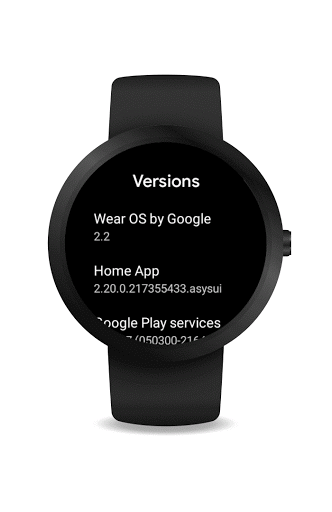

#UPDATING OPENZFS ON OS X MAC OS X#
Now with ZFS on Mac OS X it is more likely that most things will work just fine with ZFS because Apple Knows what most of the calls to the OS will be. So more hacky code was removed and replaced with more standardized system calls. This once again required a full recompile but this time is assured that the recompile was with their own development tools. Next it was the move from Power PC to Intel. This removed a lot of Old Hacky code from the code base and forced developers to follow a more modern programming style.

#UPDATING OPENZFS ON OS X FOR MAC OS#
The Move from Classic (OS 9) to OS X forced people to Recompile/Port or Die from obsoleteness modernized almost all the software for Mac OS X. If you were a Mac User you realize that Apple does stuff like this a lot, and they are quite good at it too. If you are really worried about it, don't upgrade the OS for a while. And that bloat and complication costs a lot more than just getting it right through extensive testing. Otherwise you have to support two completely different ways of using the system. Something like ZFS, that "touches so many other applications and parts of the OS" has to be the default. If you want to remove a drive you say 'dont use this drive' and you can still use the OS normally while it moves data off to other drives. You can drop in a new drive and say 'use this drive' and your existing filesystem instantly has more space available and it is more fault tolerant or faster or both. Contrast to every other filesystem (besides spirolog) where you have to make a 100gb copy as a backup - which takes forever, so nobody does it unless they have to. You can take your 100gb video and instantly say 'snapshot this' then make any number of changes to it and if you don't like it just revert back again. IIRC within a zfs pool (collection of drives) you can make different 'filesystems' mirrored or striped, so you can have a /video that is striped and ultra-fast whereas /home is mirrored and fault-tolerant. Since it is copy-on-write, writes are done without seeking so are very fast and can be spread out across multiple drives in parallel. ZFS is several orders of magnitude better at streaming large files like are used in video editing, which is already a huge draw for Macs.

Are you kidding? This is ZFS we're talking about.


 0 kommentar(er)
0 kommentar(er)
